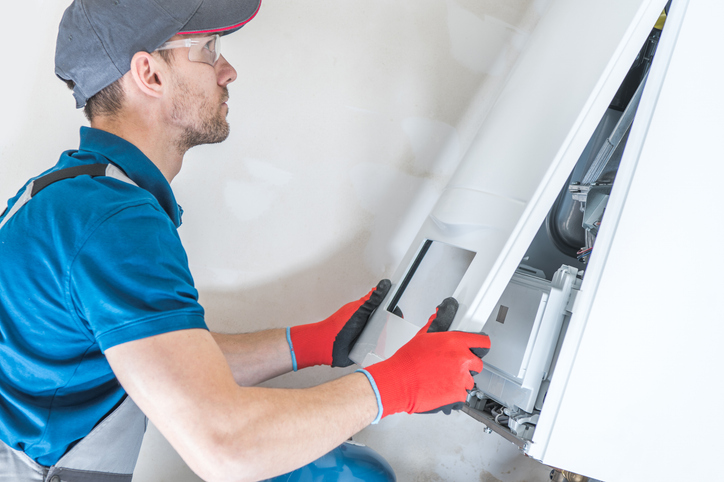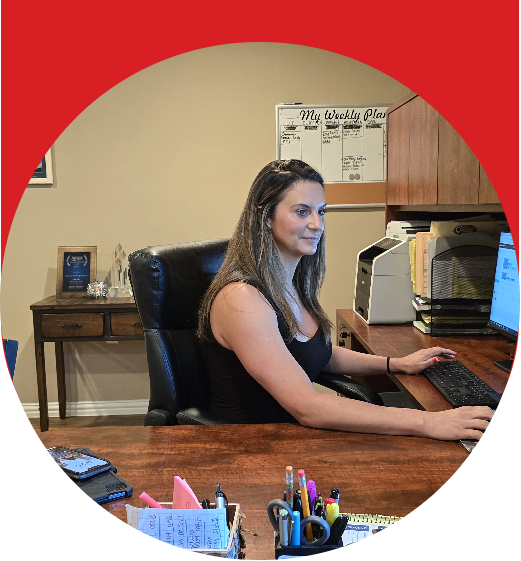Installing a furnace is a significant investment for homeowners, especially when preparing for the cold winter months. While a new furnace can provide long-term comfort and efficiency, the process can raise a lot of questions. From understanding different types of furnaces to the installation process itself, knowing what to expect can help ease the anxiety and guarantee a smoother experience. In this article, we will answer some of the most frequently asked questions about furnace installation, offering clarity on topics ranging from costs and energy efficiency to the best maintenance practices.
1. What Types of Furnaces Are Available for Home Installation?
When it comes to choosing the right furnace for your home, the most common types are gas, electric, and oil furnaces. Gas furnaces are the most popular due to their efficiency and cost-effectiveness in regions with natural gas availability. Electric furnaces are often considered in areas where gas isn’t accessible, but they tend to be less efficient and more expensive to operate. Oil furnaces, though less common today, are still found in areas where natural gas is not an option. Understanding the pros and cons of each type can help you decide which is best for your home based on your budget, local utility availability, and heating needs.
2. How Do I Choose the Right Furnace Size for My Home?
Choosing the correct furnace size is crucial for maximizing efficiency and comfort. If the furnace is too small, it will struggle to heat your home effectively, leading to higher energy bills and potential breakdowns. On the other hand, an oversized furnace will frequently cycle on and off, reducing efficiency and causing unnecessary wear. To determine the right size, a professional installer will conduct a Manual J load calculation, which takes into account the size of your home, insulation quality, window placement, and local climate. This calculation guarantees that the furnace you choose will meet your heating needs without overworking.
3. How Long Does the Installation Take?
The time can vary depending on several factors, including the type of furnace, the complexity of the installation, and the current condition of your HVAC system. On average, a professional installation can take between 4 to 8 hours. If any ductwork or electrical work needs to be updated or modified, this can add extra time to the process. Before installation, it’s a good idea to ask your contractor for an estimated timeline and guarantee that your home is ready for the installation. Most companies strive to complete installations within a single day to minimize disruption to your daily routine.
4. How Much Does the Installation Cost?
The cost of installing a furnace can vary widely depending on the type of furnace, brand, the size of your home, and the complexity of the installation. On average, these costs in the U.S. range from $2,000 to $7,500. Gas furnaces tend to be less expensive to install than electric or oil furnaces, though installation costs can rise if significant modifications to the existing ductwork or electrical systems are needed. It’s important to get multiple quotes from different contractors and ask about potential hidden fees, such as permits or disposal charges, to guarantee you have a complete picture of the total cost.
5. What Can I Expect During the Installation?
The process typically begins with a consultation and an inspection of your current heating system. Once the new furnace has been selected, the installation team will remove the old unit (if necessary) and begin setting up the new one. This involves placing the furnace in its designated location, connecting it to the ductwork, and ensuring all electrical and gas connections are safe and functional. After installation, the system will be tested to guarantee it’s operating properly. During this time, you should expect the installation team to walk you through how to use and maintain your new system. It’s also a good time to ask any remaining questions you may have about the operation or warranty of the furnace.
6. How Can I Improve the Efficiency of My Furnace After Installation?
Once your furnace is installed, there are several steps you can take to guarantee it runs efficiently for years to come. One of the simplest ways to improve efficiency is by regularly replacing or cleaning the air filter. A clogged filter can restrict airflow, forcing your furnace to work harder than necessary. Additionally, scheduling annual maintenance checks with a professional technician can help catch any issues early, preventing costly repairs and extending the lifespan of your system. Proper insulation in your home and sealing gaps around doors and windows can also enhance furnace efficiency by reducing heat loss. Finally, consider upgrading to a programmable thermostat to optimize heating schedules based on your habits and needs.
7. What Are the Common Problems After the Installation?
While furnace installation is generally a smooth process, there are some issues that homeowners may encounter afterward. One common problem is poor airflow, which can be caused by improperly sized ductwork, a dirty filter, or a malfunctioning blower motor. Another potential issue is improper furnace cycling, where the system frequently turns on and off, which could signal an issue with the thermostat or the furnace itself. If you notice unusual noises, inconsistent heating, or strange smells after installation, it’s important to contact your installer or a professional HVAC technician to troubleshoot the problem. Addressing these issues early can prevent more serious complications down the line.
8. How Do I Maintain My Furnace to Ensure Longevity?
Proper maintenance is key to ensuring the longevity and efficiency of your new furnace. First and foremost, replace or clean the furnace filter regularly—at least once every 1 to 3 months, depending on your usage and the type of filter. Schedule professional tune-ups at least once a year to inspect the furnace, clean components, and identify any potential issues before they become costly repairs. In addition to regular professional servicing, it’s important to guarantee that your vents are unobstructed and that the thermostat is working properly. Finally, if you ever notice a decrease in heating performance or unusual sounds, it’s a good idea to have the furnace checked by a technician to avoid long-term damage.
It is a critical investment for homeowners looking to maintain a warm and comfortable home throughout the winter. By understanding the different types of furnaces, the installation process, costs, and maintenance tips, you can make an informed decision and enjoy a system that operates efficiently for years to come. If you’re ready to upgrade or install a new furnace, consulting with a professional installer will guarantee that the system is right for your home’s needs. Don’t hesitate to ask questions during the process to guarantee you’re fully comfortable with your new heating system.
If you’re ready to install a new furnace in your home, contact us today to schedule a consultation. Our expert technicians at Classic Heating & Air will help you choose the perfect system for your needs and ensure a smooth installation process. Get in touch now and enjoy a cozy home all winter long!
 Schedule a Service
Schedule a Service

 Call Us 214-851-2824
Call Us 214-851-2824

